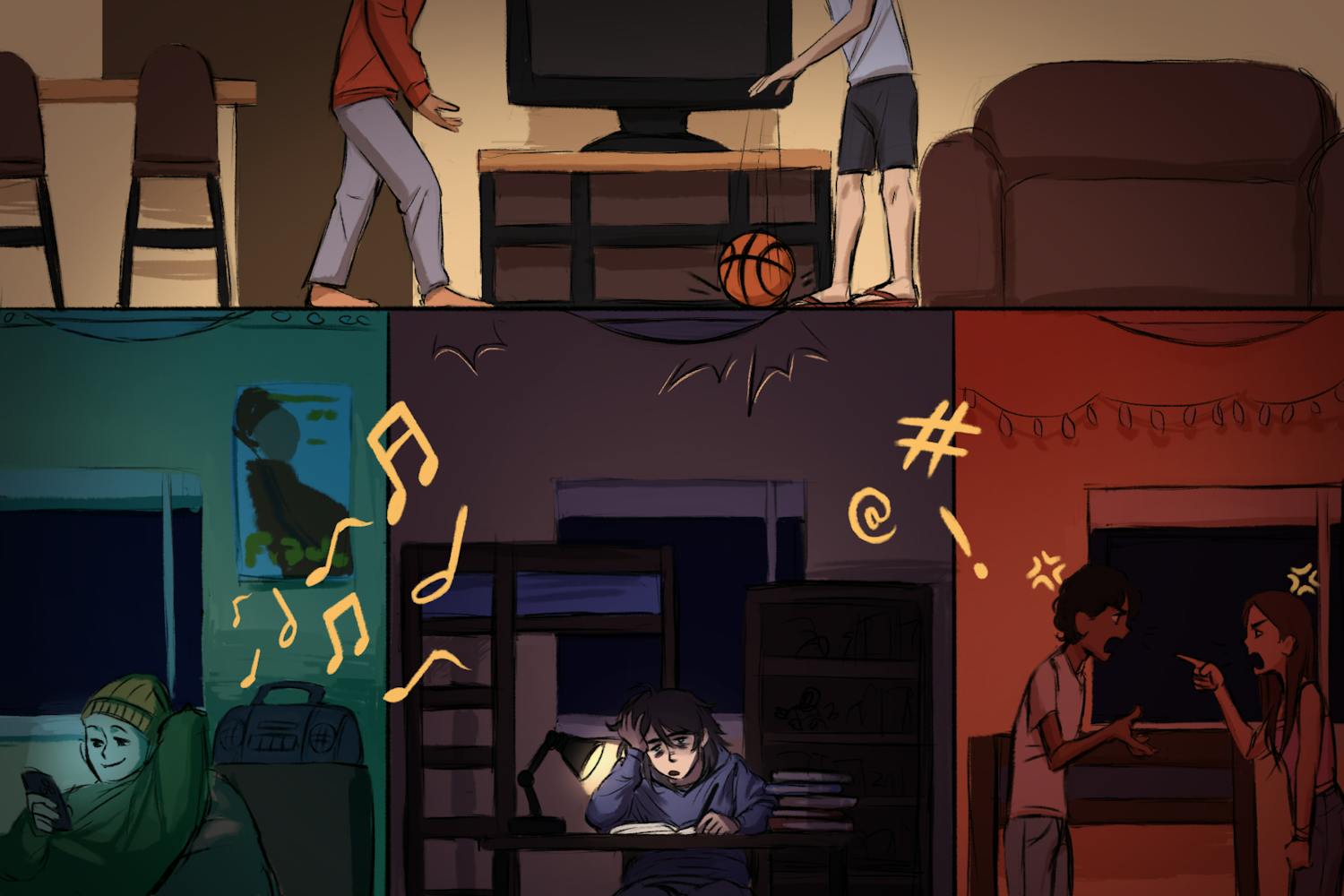MATTERS OF ART
What is the first part of the curriculum that schools eliminate in response to growing budget cuts? What is deemed the least valuable aspect of a person’s education? The answer is almost unanimous among school board decisions across the nation as fine arts programs. To those administrators and executives who believe art is mere “fluff,” and a trivial ornament to embellish the core centerpieces of math and science, I respond that the arts have been the chief stimulus for my personal growth and the development of my character, as they have for countless others. A fine arts education strengthens the hearts, minds and characters of our youth.
The paintbrush, the instrument, and the pen are avenues for our thoughts to manifest themselves; Picasso called painting “another way to keep a diary.” I began composing music with simple chord progressions, trusting my ear and “what sounded right.” As I matured, I found my own voice both in music and in the world. To my traditional piano teacher’s displeasure, unorthodox harmonies and offbeat rhythms found their way into my compositions. Like my experiments in life, they didn’t always work, but I was able to unleash my newfound independence in my music.
In addition to the vast creative possibilities of art, there are practical real-world lessons to be learned from it. From disheartening results and piano lessons quickly turned to lectures, I learned to drive myself from within. The sacrifice, sweat and the guts it took to reach this level of musicianship prepare me for the trials of the future.
A fine arts education is a catalyst for changing lives. Education must focus on the whole person — the head and the heart. It is our heart that drives our visions, our dreams and our purpose. As a conduit for our emotions, an escape from adversity, a channel for our thoughts, and an extension of our identity, art is the language of the heart. We need it in our schools, and we need it in our lives.
Tina Cai
Reader



